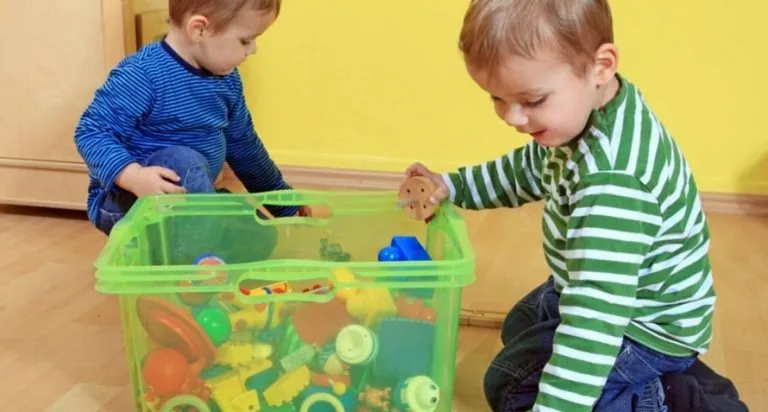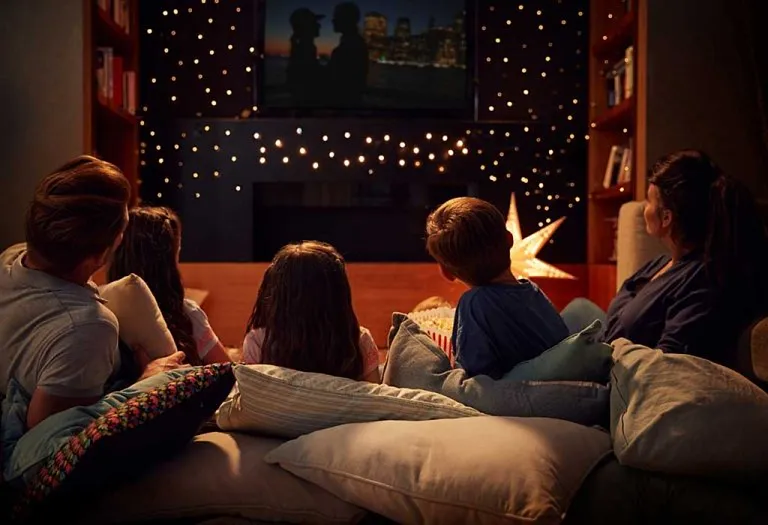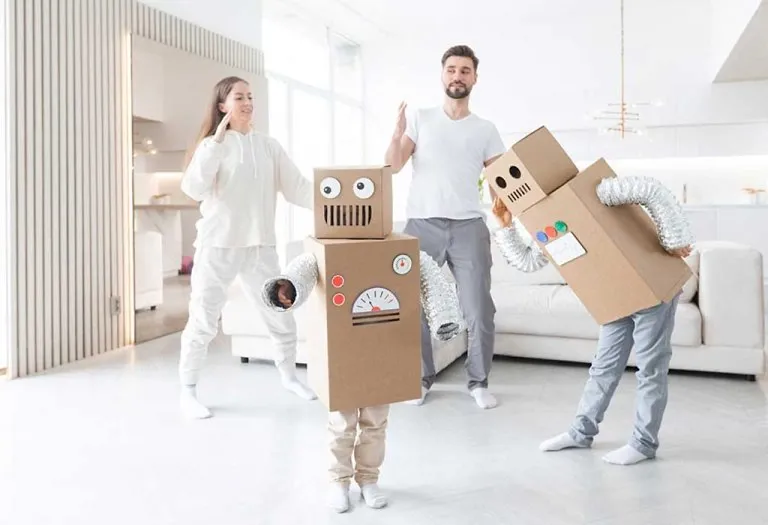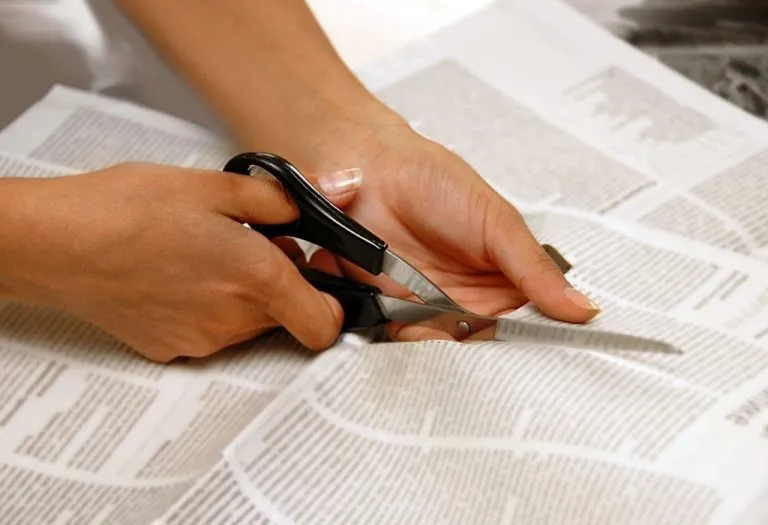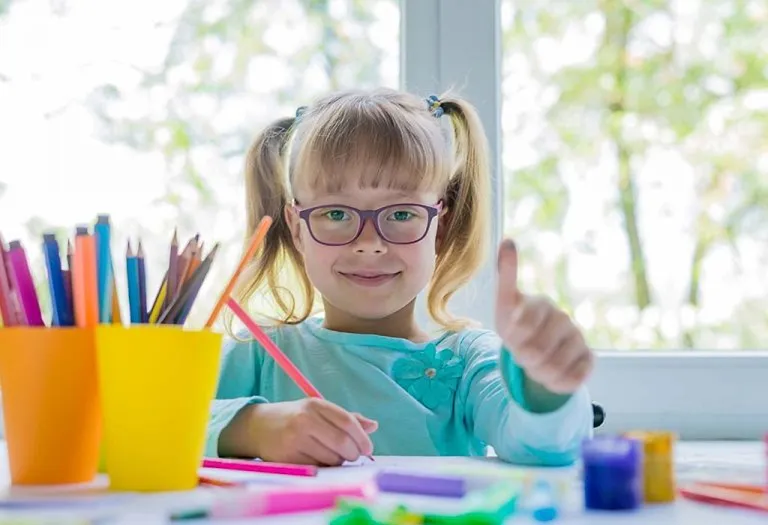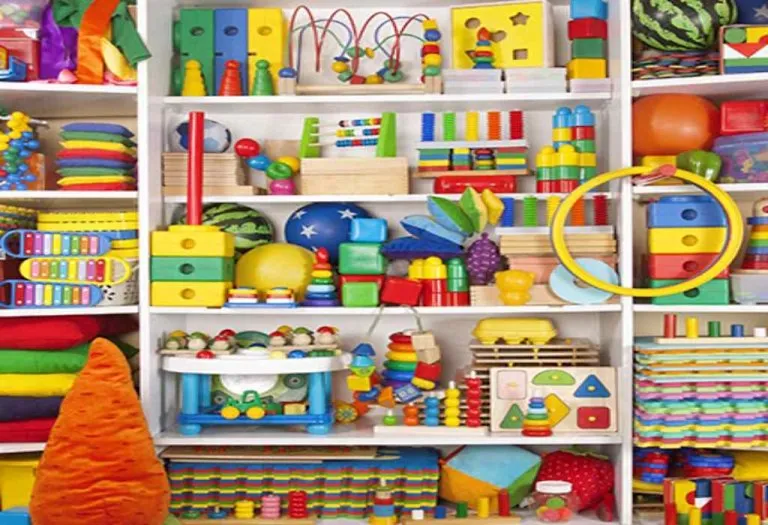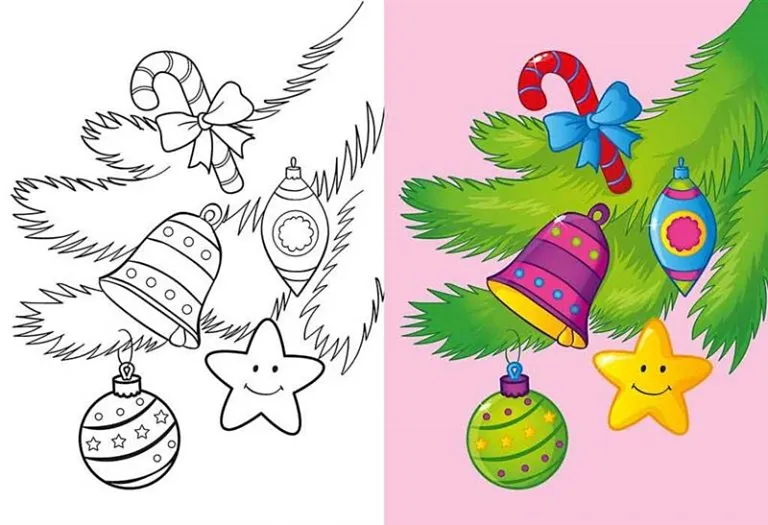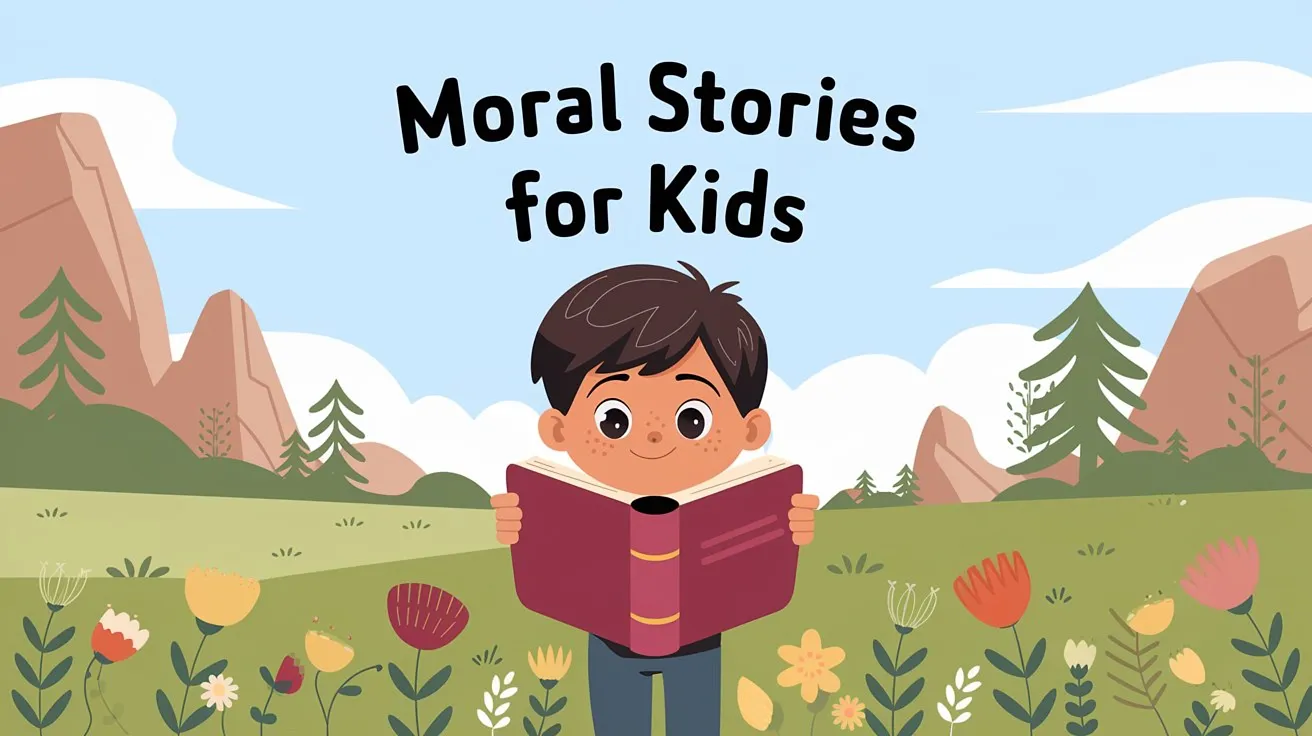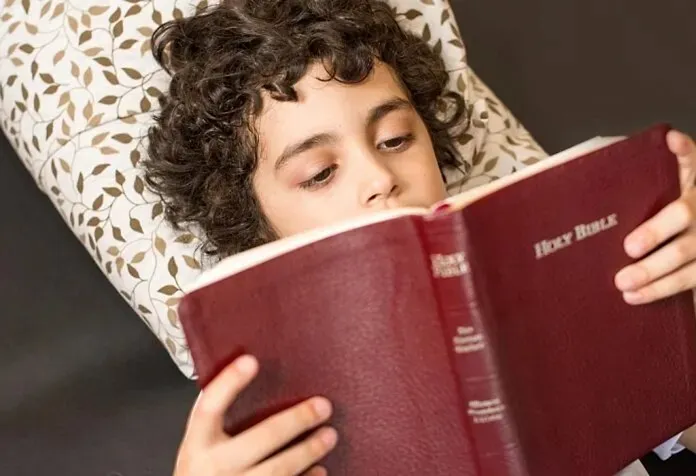Toddlers Shifting Objects In and Out of Containers
Watching your little one blossom is every new parent’s greatest joy. From that tiny smile that evolves into expressive giggles, those speedy crawls turn into standing up, trying to form their very first words, or being able to grasp their toys.
Toddlers flapping hands when excited and pointing and waving at different things is a great starting point. However, with time, parents can help their tots progress to more complex tasks such as shifting and pouring with activities. These activities give them a sense of achievement and help develop cognitive and motor skills.
Filling and emptying containers is one activity that can keep toddlers occupied for a long time. Yet, it’s more than play – it addresses their curiosity and allows them to grow.
When Does a Toddler Start Filling and Emptying Activities?
Between the ages of 7 and 9 months, the motor skills of toddlers begin to develop. During this time, a toddler will start picking things and releasing them. His gross motor control is developing, and he will enjoy container play. Initially, he will be better at the emptying part. By the time he turns 1, he will be able to pick up toys from the container, but putting them back might be difficult for him, so it’s upon parents to teach a baby how to put things back (1). By 15 months, he can take things out of the container and put them back too (2).
Is Your Toddler Filling and Emptying Toys from Containers? It’s Good!
When your toddler begins dumping toys from containers, you know your house will never be as tidy as it used to be. There will be toys in every corner of your home. You will tire of cleaning your place and even want to scold your child. But don’t! This activity is crucial to develop his gross motor skills. There are other benefits, too. Find out why you should encourage this activity in your toddler:
- Pouring, shifting objects, and emptying containers are important cognitive exercises for your kids.
- When kids start this activity, they realise that one object can hold other smaller objects.
- Toddlers learn about different shapes and sizes by filling and emptying toys from containers. At this age, they can be taught why a square can’t fit into a circular slot, etc. A shape sorter is a good toy for encouraging this kind of activity.
- They gain a sense of independence by dumping things out of the container without anyone’s help.
- Through trial and error, they understand which object would fit where. They also learn the difference between big and small, which improves their orientation skills.
Key Takeaway:- Apart from filling and emptying toys from containers, toddlers also participate in other activities that develop their motor skills. Know about these activities –
- Kids start playing with puzzles, toys that fit together, and building games. This interests them and improves their confidence.
- Engaging kids in art activities, such as brush and finger painting, painting on paper, drawing with chalk, or playing with clay, is also good. These activities improve kids’ hand-eye coordination.
- Once your child is a little older, you can teach him more challenging activities, such as cutting with child-safe scissors and glueing things on paper.
- Kids become dexterous as they age and can open and close cabinets independently. So, keep them away from danger.
- To encourage and improve his motor skills, help your child when he is stuck with some activity.
10 Filling and Emptying Activities for Toddlers
Filling a container and emptying things from another may not seem daunting to an adult, but it is challenging for a toddler. Your child is happy to complete his task, but what goes unnoticed is how such a small task plays a significant role in his development. Indeed, all these trivial activities are essential to him. So, here are some activities that you can engage your toddler in:
1. Shifting Activities
Encourage your toddler to shift objects from one place to another. For this purpose, you can use containers readily available at home, such as small plastic jars and bottles. Ask your toddler to hold and move objects. He will learn to follow your instructions and improve his muscle strength. This is also great with toys; you can label different containers and teach your kids to put away their toys in the allotted boxes.
2. Pouring Activities
Pouring activity is very good for children. It improves their concentration, gives them a sense of independence, and develops hand-eye coordination. Get your child nested containers, as he’ll enjoy the challenge of trying to fit them into each other. Later, you can use two bowls, fill one with small objects, and give him a scoop. He can transfer the contents to the other bowl either by using his hands or the scoop. Another benefit of pouring activities is that they help children develop an analytical mind as they realise when to stop pouring.
3. Sandbox Activities
You should allow your toddlers to play in the sand. Give them a small bucket and shovel, and ask them to fill the bucket with sand and later empty it. If you don’t have sand in your backyard, get it from someplace, fill it in a plastic tub, and let your child play. Teach them to dig and draw different shapes in the sand. Let them explore!
4. Water Activities
Toddlers love to play in the water. So, you can promote filling and emptying activity in water, too. You can give him different-sized containers to fill. Also, give him a spare bottle or a measuring cup to let him fill that container. They can also try this activity in the kitchen by filling ice trays with water. This will develop self-regulation skills in them.
5. Kitchen Activities
You can also engage your toddler in kitchen activities to improve his gross motor skills. Give him a cereal box and ask him to fill it with cereal. Or you can give him fruits and ask him to transfer fruits from one basket to another. But, while doing this activity, keep an eye on him as he might mess it up. This activity is sure to improve his hand-eye coordination.
6. Laundry Activities
Laundry time is the perfect opportunity to teach your kids about filling up the machine with soiled, worn, or dirty clothes and emptying it when it is done. Show your child how to empty the laundry basket onto the floor and add each clothing item to the washing machine individually. Once it’s full, teach them to stop. As the washing cycle ends, show your kids how to empty the clothes from the machine and into the dryer!
7. Shopping Activities
You can use grocery shopping to teach your kids about filling and emptying. You can do this by showing them how to place different objects in the shopping card to fill it up. Once at the check-out counter, show them how to fill in different bags with your purchased items.
8. Garden/Backyard Activities
If you have a balcony garden or a proper backyard with a garden, this is the perfect place to teach your kids to fill, sort, and empty things! It teaches them valuable hard work and tips to tidy up, and it is also great for their hand-eye coordination and learning to sort and fill objects. You can show your kids how to empty old flower pots and fill them with soil; you can teach them to collect fallen and dried leaves in a barrel or fill water in a watering can, then empty it onto the plants that need water!
9. Bath Activities
Kids love a fun bath just as much as adults enjoy relaxing ones. Teach your kids to fill up their bath and show them when it’s full enough to turn off the taps/shower heads. Help them empty some fun bubble soap into the bathtub for a foamy bath. Once done with their shower, you can show them how to drain away the bathwater by removing the drain stopper!
10. Pet Activities
A perfect bonding experience for your little one and your pet, showing your kid how to fill up their pet’s water and food bowls and emptying and refilling them when they are done!
Before your toddler starts doing any of these activities, you must teach him hand flapping, which is a very common action. Then, you can teach your child to wave. Take his hand, move it from side to side, and ask him to pay attention. Once your child can perform these two actions, you can guide him towards more challenging activities, like pouring and transferring objects.
Also, it’s always important to remember that no two children are alike during practice. Some kids pick up the filling and emptying toddler developmental milestones quicker than others, so don’t rush or push your child into it. Guide him patiently and try to introduce new activities to stimulate him and develop his motor skills.
FAQs
1. Are filling and emptying activities safe for kids?
Filly and emptying activities can get messy and sometimes require adult supervision or guidance. Before introducing your kid to a new filling and emptying activity, look out for what it involves and decide if they can perform it alone or require your help!
2. What can I do if my child’s motor skills have not developed yet?
Children’s motor skills develop at different paces. If you are concerned that your child’s motor skill development is slower than average, consult a medical expert for more advice.
If you’ve tried other shifting/pouring activities with your toddler, please share them with other moms in the comments section below!
References/Resources:
1. Your toddler’s developmental milestones at 1 year;
https://www.unicef.org/parenting/child-development/your-toddlers-developmental-milestones-1-year
2. Toddler development – motor skills; Pregnancy, Birth, and Baby; https://www.pregnancybirthbaby.org.au/toddler-development-motor-skills
Also Read:
Interactive Learning Activities for Toddlers
Boredom Busting Activities for Toddlers
Farm Activities for Toddlers and Preschoolers
Simple and Fun Things to Do With a Toddler
Was This Article Helpful?
Parenting is a huge responsibility, for you as a caregiver, but also for us as a parenting content platform. We understand that and take our responsibility of creating credible content seriously. FirstCry Parenting articles are written and published only after extensive research using factually sound references to deliver quality content that is accurate, validated by experts, and completely reliable. To understand how we go about creating content that is credible, read our editorial policy here.





